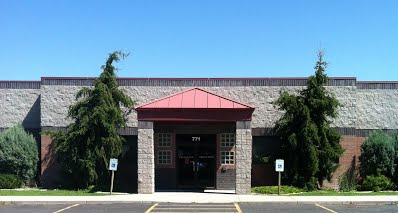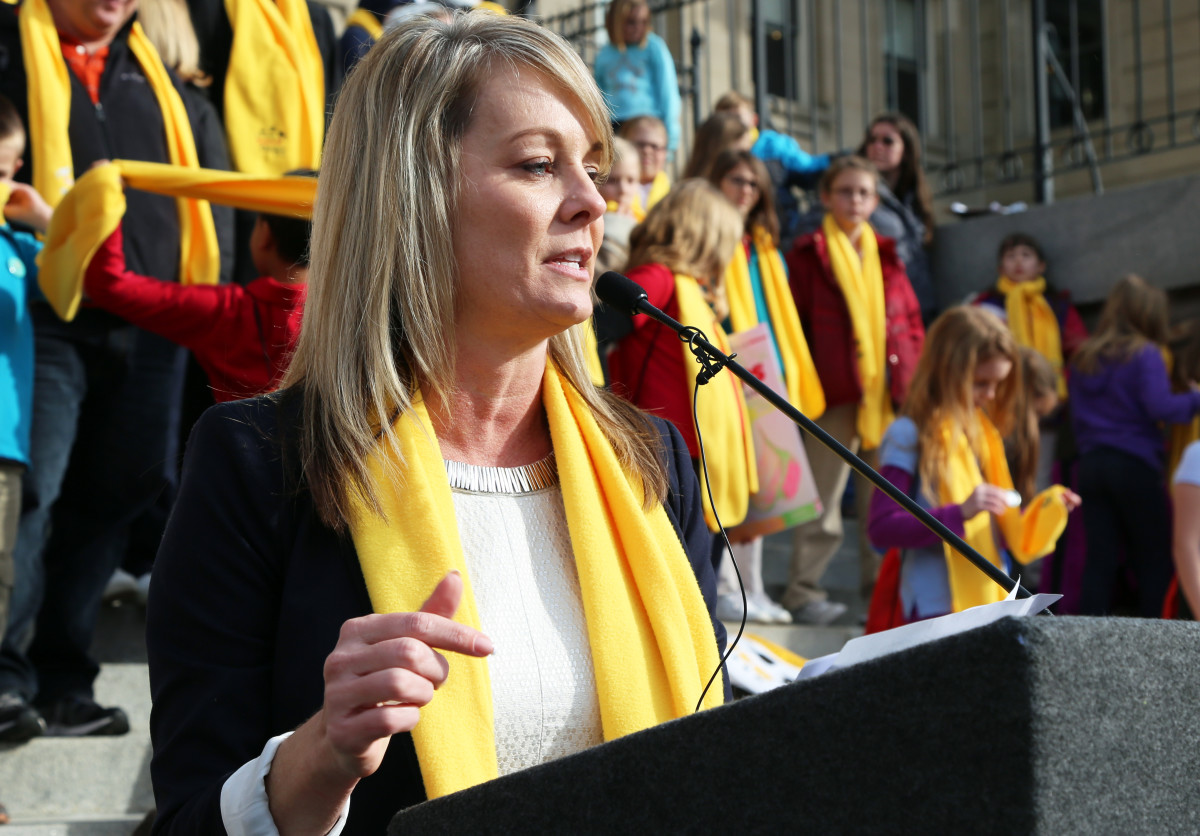Over several years, more than $2.3 million in federal grants went to Idaho charter schools that later closed their doors.
The grants came from $1.8 billion in federal programs designed to provide startup dollars for charter schools. And the U.S. Department of Education concedes the grant recipients include more than 400 failed charter schools.
Idaho no longer receives money from the feds’ Charter Schools Program. That decision has nothing to do with the program’s failure rate. Instead, the State Department of Education found the feds’ rules too cumbersome.
Idaho’s track record

All told, Idaho received more than $21.6 million from the Charter Schools Program. The vast majority of that money went to charter schools that remain in operation. The list of recipients includes some of Idaho’s more stable and high-performing charter schools.
But the list, released by the U.S. Department of Education in December, also includes several Idaho charter school failures:
- Southern Idaho Learning Center in Twin Falls, later renamed Wings Charter School. Wings closed in 2014, due to financial problems stemming from low enrollment. The school received a total of $616,750 in federal grants.
- Garden City Charter School, later renamed DaVinci Charter School. DaVinci closed in 2013 due to financial problems, after receiving $592,308 from the feds.
- OWL Charter Academy in Nampa, which closed in 2011 due to financial troubles. The school received a $408,000 federal grant.
- Idaho Leadership Academy in Pingree. Closed in 2008, as the result of low enrollment and related funding shortfalls. The school received a $381,107 grant.
- Nampa Classical Charter School. The school battled with state officials over its plan to use the Bible as a literary source, but financial troubles ultimately forced the State Board of Education to revoke the school’s charter. The school received a $328,378 federal grant.
- Renaissance Charter School in Moscow. One of the state’s first charter schools, Renaissance closed in 2004, after falling into financial crisis and failing to adhere to its charter. The school received a $9,000 grant.
These schools received a total of $2,335,543.
On top of that, the Hidden Springs Charter School struggled after receiving a $320,592 federal grant. Hidden Springs remains open, but not as a charter school. Beset with low enrollment and financial troubles, the school was eventually folded into the Boise School District.
The failure rate
On Dec. 23, two days before Christmas, the U.S. Department of Education issued a dataset it labeled “A Commitment to Transparency.” The database documented more than $1.8 billion in grants, some dating back more than a decade. However, the report focused primarily on grants awarded from 2006 through the 2013-14 school year.
The takeaways from the pre-holiday data drop: From 2006 through 2014, federal startup grants went to more than 3,700 would-be charter schools across the country. Some 2,600 of these schools were operational in 2013-14. Grants went to an additional 699 “prospective schools,” charters that had not opened by 2013-14. About 11 percent of the grants went to schools that eventually shut their doors, some 430 failed charter schools in all. (By contrast, seven of the 51 Idaho grants went to charter schools that later closed, a rate of close to 14 percent.)
With the release of the report, the U.S. Department of Education acknowledged that the grant program is not an exact science.
“(Federal) funding is intended for operators best positioned to open high-quality schools; however, as with any startup, school operators face a range of factors that may affect their school’s opening,” the agency wrote. “And as with any provider of startup capital, the department learns from its investments.”
Where the money went
As seed money — designed to foster charter startups, replications and expansions — the grants came with some restrictions.
In general, charter schools couldn’t use the money for facilities. However, they could use the money to address any number of one-time startup needs, from teacher professional development to class materials to computers and furniture. And if charters could use the federal grants to address some startup needs, it could free up other money to cover expenses such as facilities.
“It is pretty important,” said Tamara Baysinger, director of the state’s Public Charter School Commission.
Seed money also can buy time for a fledgling charter school. It can help a new school hire administrators, train staff and integrate technology, six to 12 months before opening the doors to students.

“It’ll allow a more strategic approach to the opening of a school,” said Terry Ryan, CEO of Bluum, a Boise nonprofit that supports school innovation, including charter schools. (Read Ryan’s response to this article).
If a charter school failed, its organizers weren’t required to return the feds’ seed money. However, organizers were required to return any materials purchased. These items would revert back to charter school’s authorizing body, either the local school district or the state charter school commission.
In turn, the state would work to find a new home for the materials, said Michelle Taylor, the State Department of Education’s school choice coordinator. For example, when the OWL Charter Academy closed, the fledgling North Idaho STEM Charter Academy needed desks and chairs. Officials from the STEM school rented a U-Haul and drove from Rathdrum to Nampa and back to collect the unused furniture.
Idaho opts out, eventually
Idaho hasn’t received charter grants for several years.
The state applied for grants in 2011, but they were awarded to only two states, Taylor said. The story was the same in 2012.
Now, the State Department of Education isn’t even interested in applying for the money, much to Ryan’s frustration.
“They didn’t want our help,” he said.

The problem, said Taylor, rests in federal rules that place states in a no-win situation. For example, the feds want states to have a plan in place to close down low-performing charter schools. In Idaho, the State Department of Education doesn’t have that power; instead, it rests with the charter authorizers.
“It’s not worth it, to be applying for (the grants),” Taylor said.
Disclosure: Idaho Education News and Bluum are both funded through grants from the J.A. and Kathryn Albertson Family Foundation.
